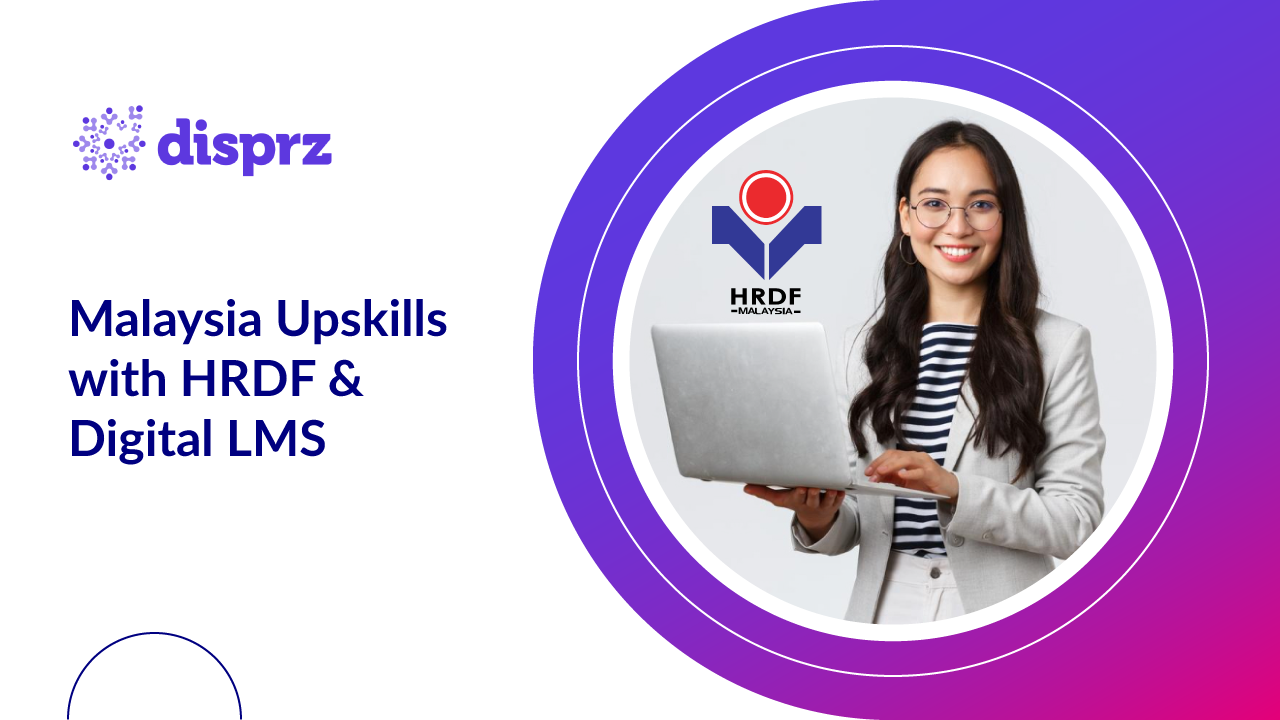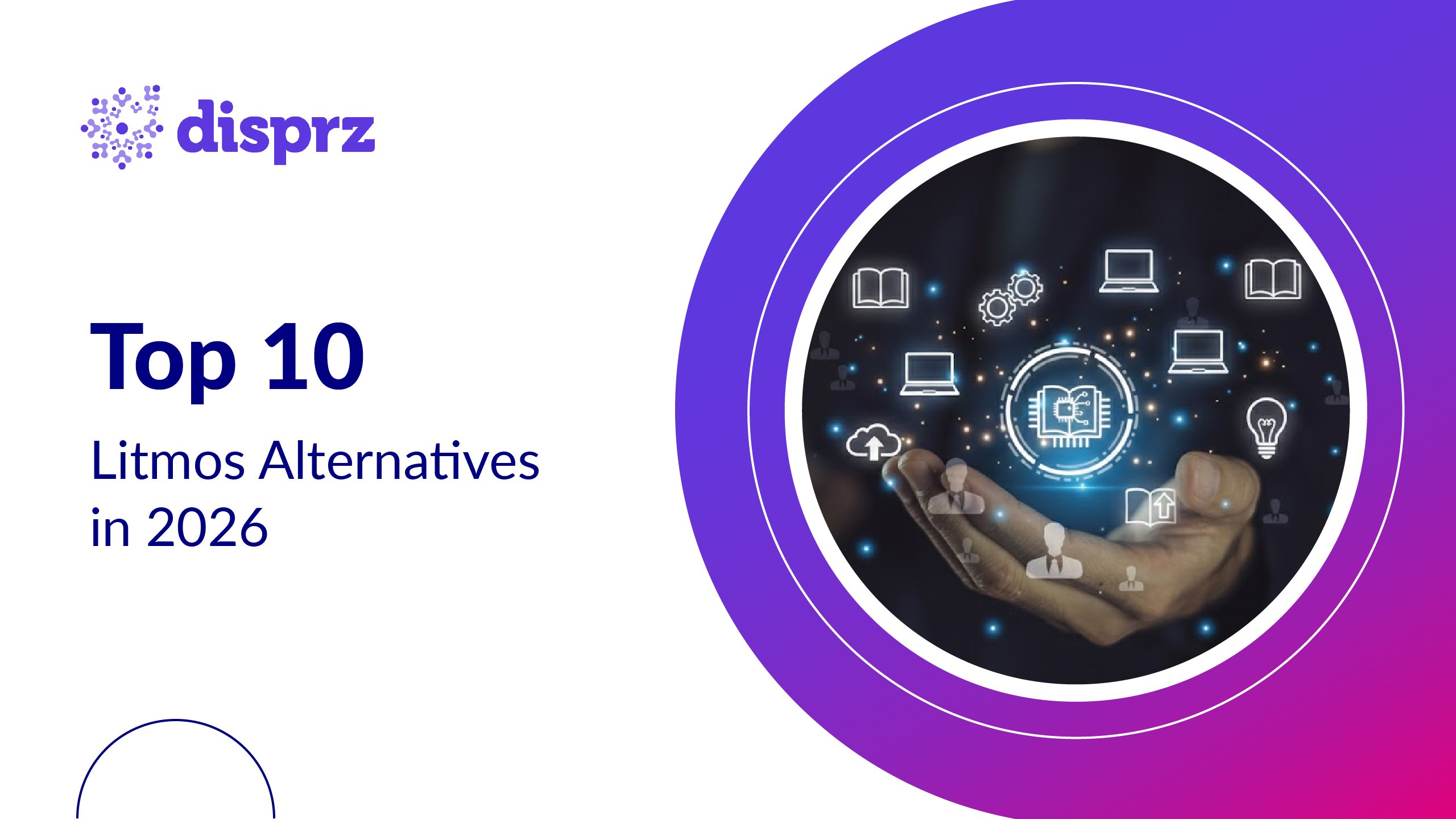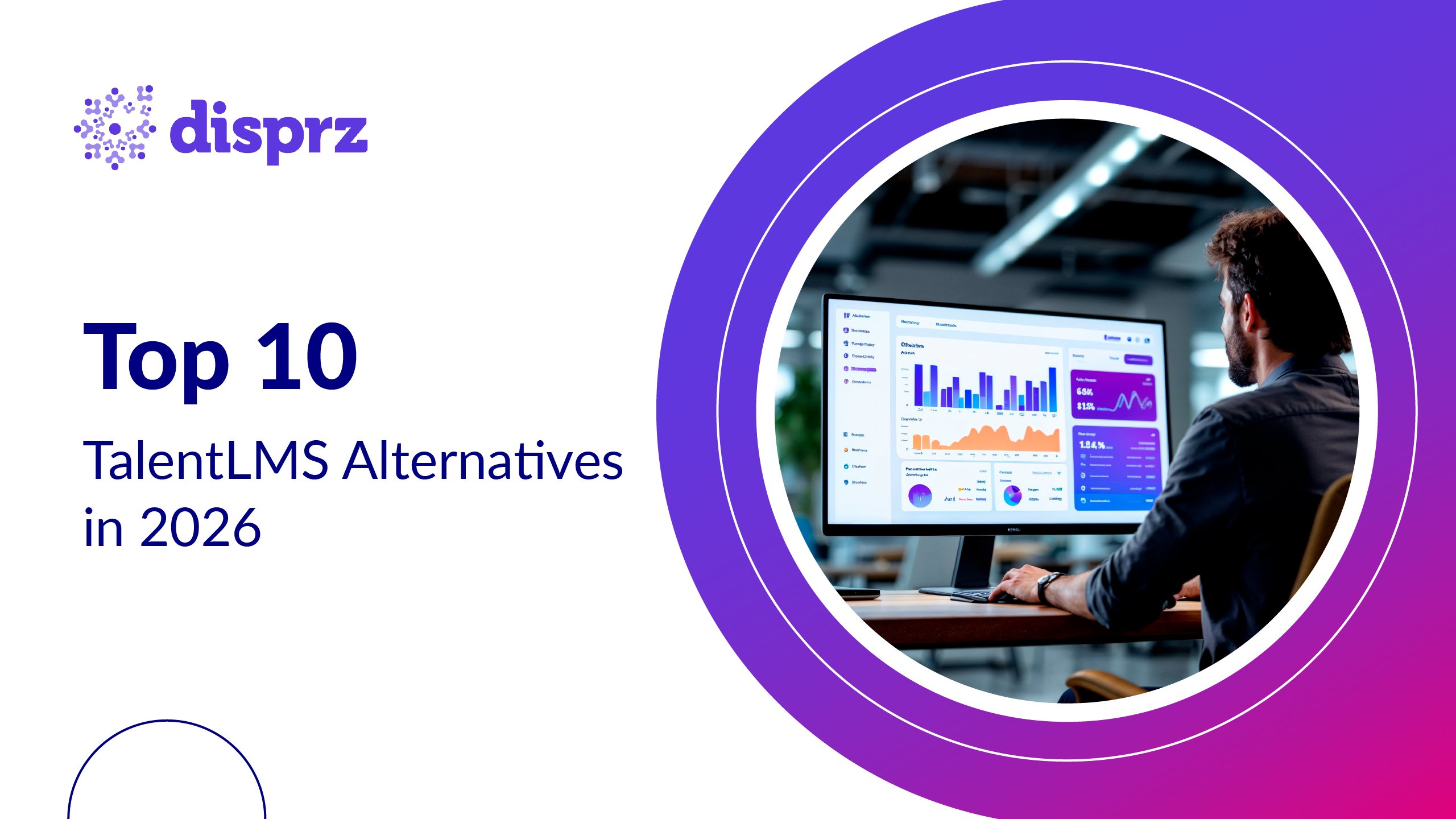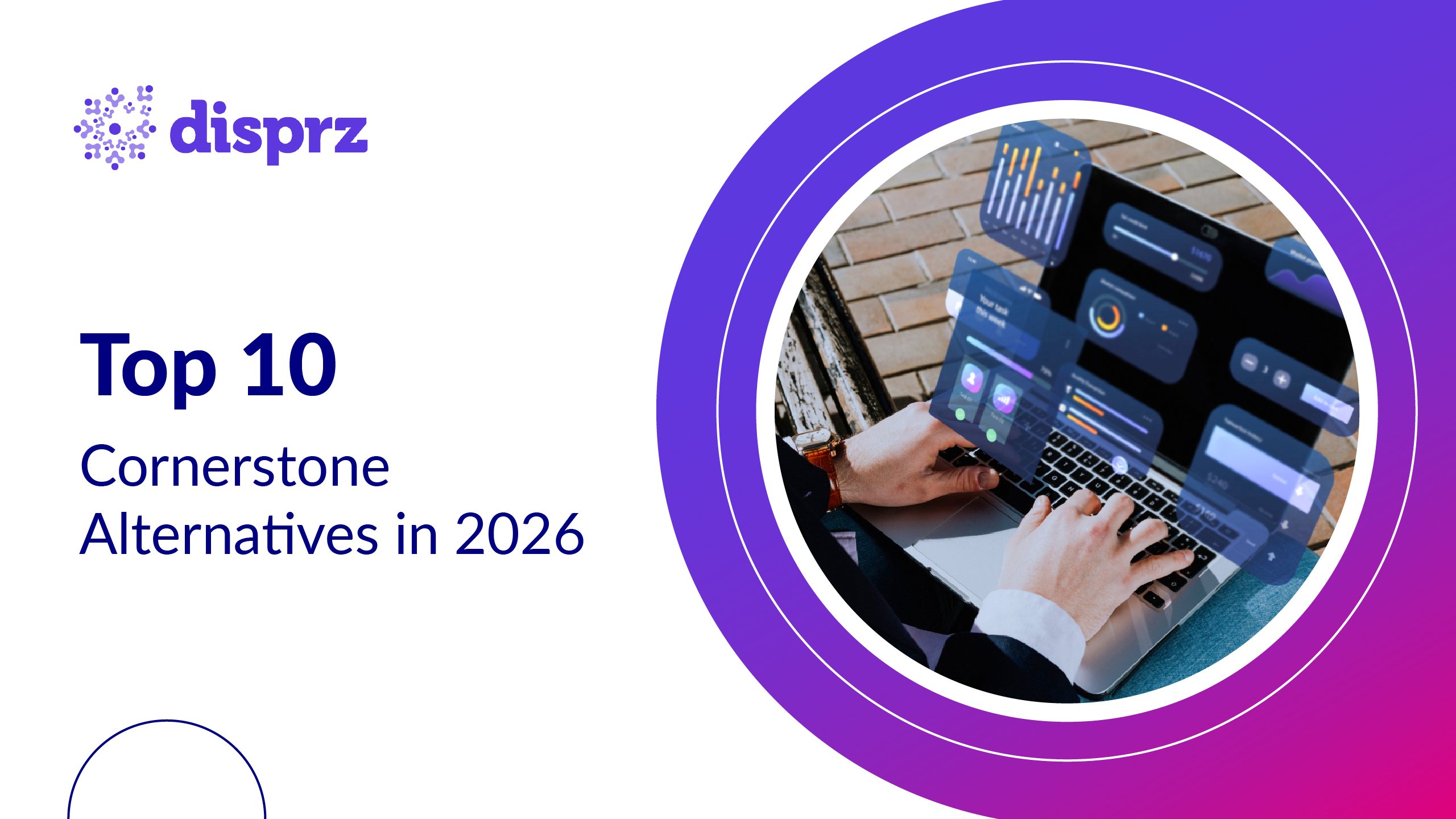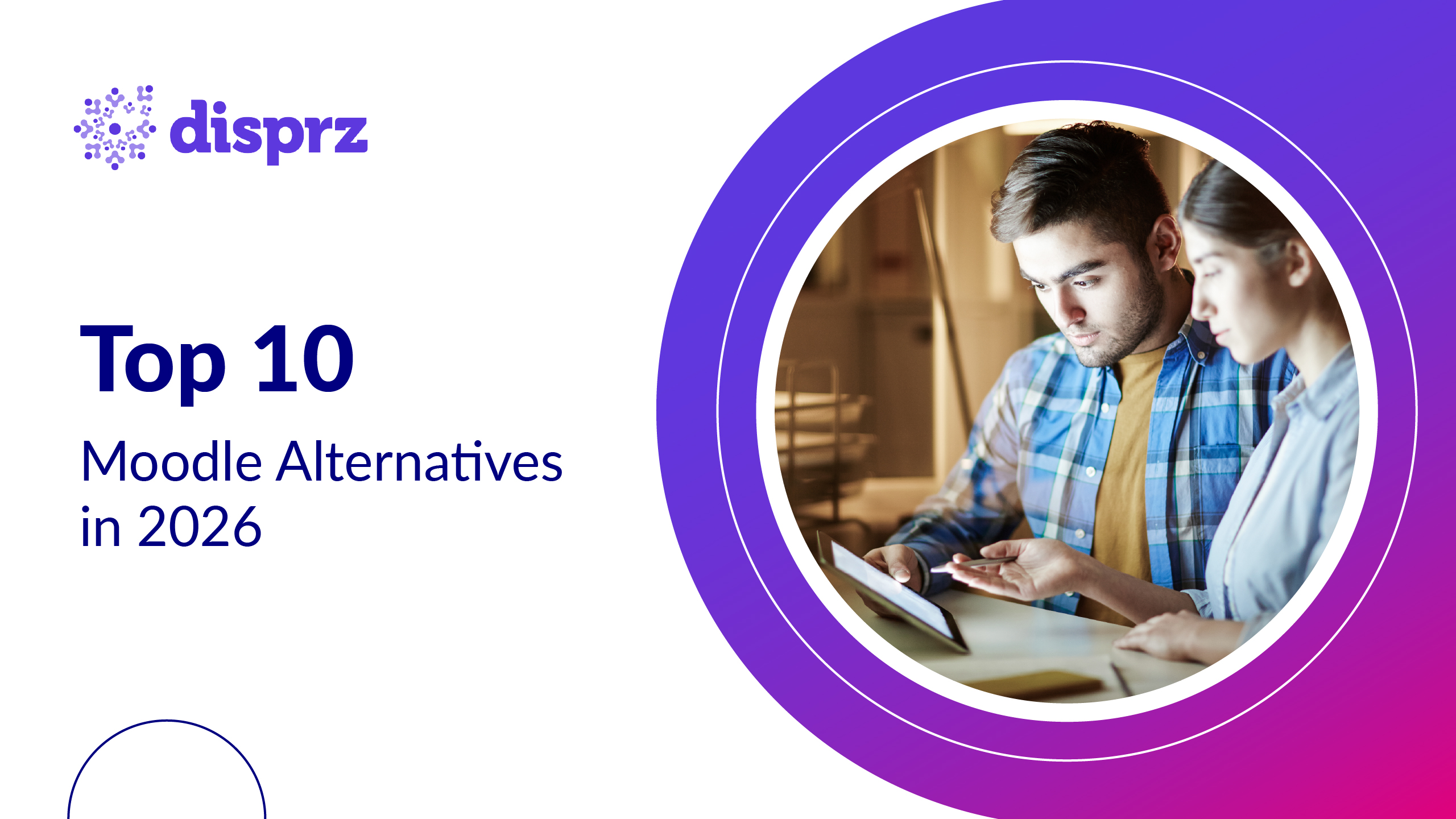As Malaysia braces for a digitally transformed workforce in 2025, the race to upskill employees has never been more urgent; or more supported. Through HRD Corp (Human Resource Development Corporation - formerly known as HRDF Malaysia), the government is offering a range of digital training grants designed to accelerate the adoption of learning management systems (LMS), digital skilling programs, and modern learning solutions. These HRDF (Human Resource Development Fund) training grants, part of the broader Employer Grant Schemes, provide a critical funding lifeline for Chief Learning Officers (CLOs) and Human Resources (HR) leaders looking to scale capability-building while optimizing budget spend.
But despite the availability of these HRDF funds, many eligible organizations still struggle to navigate the claim process or align their learning strategy to funding guidelines. That’s where this guide comes in.
Here we break down everything you need to know to unlock the HRD Fund and future-proof your workforce: eligibility criteria, claim workflows for LMS subscriptions, compliance checkpoints, and real-life success stories. Whether you're a seasoned L&D leader or new to the world of HRDF Malaysia, this is your step-by-step playbook to maximize returns on your 2025 digital learning investments.
Why is 2025 HRDF’s Digital-Learning Pivot Year?
The year 2025 marks a critical inflection point for human resource development in Malaysia. With Industry 4.0 (IR4.0) technologies’ adoption accelerating and hybrid work models becoming the norm, Malaysian businesses face growing pressure to reskill their workforce; that too fast. Recognizing this urgency, HRD Corp has sharpened its focus on digital training grants, incentivizing organizations to adopt scalable, tech-enabled learning infrastructure such as LMS.
Several indicators underscore why 2025 is set to be a breakout year for digital L&D under the HRDF Corp umbrella:
-
Increased allocation of HRDF levy funds specifically for digital programs and subscription-based training solutions.
-
Streamlined claim processes for LMS platforms that align with national skills frameworks and industry-driven certifications.
-
The push for data-backed L&D strategies; funding approvals increasingly favor organizations that can demonstrate ROI and learner outcomes.
-
Alignment with Malaysia’s national blueprint for digital transformation and workforce competitiveness.
In short, HRDF Malaysia is not just supporting training anymore; it's actively driving a digital-first learning culture. For CLOs and HR managers, this opens a strategic window to tap into HRDF training grants for LMS rollouts, digital skilling paths, and long-term capability development.
Quick Refresher: How HRDF / HRD Corp Funding Works
Before diving into funding strategies, it’s important to understand the basics of how HRDF Malaysia, now operating under HRD Corp, supports employers through its various training grant schemes.
At its core, HRDF is a levy-based system. Registered employers contribute a percentage of their monthly payroll to the HRDF, which they can then reclaim by conducting approved training programs for their workforce. These funds are not a bonus; they’re an entitlement. If unclaimed, they lapse, representing a missed opportunity to invest in employee development.
There are two key categories of HRDF training support:
1) Employer-Centric Schemes
These include financial assistance for:
-
In-house or external training programs
-
Digital learning platforms such as LMS subscriptions
-
Certification-based upskilling
-
Technical and soft skill courses aligned with national workforce priorities
2) Industry-Led Initiatives
These are sector-specific programs curated by HRD Corp in partnership with industry bodies and government stakeholders to address critical skills gaps.
The good news for HR and L&D leaders? Digital training grants now fall squarely within HRD Corp’s priority funding areas. This includes not only content-driven eLearning but also the underlying platforms; meaning your investment in an LMS can be fully or partially subsidized through the HRDF training grant.
5 Funding Paths Every CLO Should Know in Malaysia
With HRD Corp doubling down on digital capability-building, CLOs and HR leaders now have multiple avenues to claim HRDF training grants; each tailored to different organizational needs and workforce goals. Understanding these paths is key to maximizing your HRDF fund utilization in 2025.
1) SBL-Khas (Skim Bantuan Latihan Khas)
The most popular and flexible scheme, SBL-Khas, allows employers to directly pay training providers and claim reimbursement from HRDF.
Now extended to include digital learning solutions, this scheme covers:
-
LMS platform subscriptions
-
Virtual instructor-led training (VILT)
2) HRD Corp Claimable Courses (HCC)
Pre-approved by HRD Corp, these courses; offered by registered training providers; can be claimed without needing prior approval. This fast-tracks digital skilling through curated content and turnkey LMS access.
3) Developmental Scheme
Focused on long-term workforce transformation, this scheme funds projects that build organizational capabilities at scale; such as LMS implementation for multiple departments, content localization, or integration with internal HR systems.
4) SME Skills Scheme
Specifically designed for SMEs, this scheme provides full funding (100% claimable) for approved digital training programs and platforms, lowering barriers to entry for smaller organizations looking to digitize L&D affordably.
5) National Funded Initiatives
In partnership with ministries and government bodies, HRD Corp often rolls out industry-wide programs where eligible employers can access digital training grants without affecting their individual levy balance; ideal for future-proofing high-demand sectors.
These five avenues show that HRDF Malaysia is not just about ticking training boxes anymore; it’s a dynamic enabler of digital-first learning ecosystems.
Eligibility Checker: Can Your Company Claim HRDF Today?
Before you map out your 2025 digital L&D strategy, it’s essential to confirm whether your organization qualifies for HRDF Malaysia’s training grants. The good news? If you're a registered employer under the First Schedule of the Pembangunan Sumber Manusia Berhad (PSMB) Act 2001, you're likely already eligible.
Here’s a quick checklist to assess your eligibility for HRD Corp funding:
1) Are you registered with HRD Corp (formerly HRDF)?
Companies in the manufacturing, services, mining, and quarrying sectors with 10 or more employees are mandated to register and contribute. Smaller firms (5–9 employees) can register voluntarily.
2) Are you actively contributing to the HRDF levy?
Eligible employers must contribute 1% of their monthly wages to the Human Resource Development Fund. Only active contributors can submit claims for training reimbursement.
3) Does your digital L&D initiative fall within approved categories?
Claimable initiatives now include:
-
LMS platform rollouts
-
E-learning subscriptions
-
Blended learning models
-
Certified digital upskilling programs
4) Are you working with HRD Corp-registered training providers?
Claims are only valid when courses or platforms are delivered by registered training providers or fall under the HRD Corp Claimable Courses (HCC) catalog.
Step-by-Step Claim Guide for an LMS Roll-out
Implementing an LMS can be a game-changer for scalable digital learning, but securing HRDF funding for it requires careful planning and compliance.
Here's your step-by-step guide to claiming the HRDF training grant for your LMS initiative under HRD Corp in 2025.
Step 1- Select a Claimable LMS Vendor
Choose an LMS provider that:
-
Offers HRD Corp-aligned digital training solutions
-
Is registered or partnered with an HRD Corp-approved training provider
-
Can supply proper documentation for your claim (quotation, invoice, program outline)
Step 2- Prepare Your Application Documents
Gather the required documents:
-
Official quotation from your LMS vendor
-
Training needs analysis (optional but recommended)
-
LMS implementation plan or learning calendar
-
Proof of levy contribution
Step 3- Submit the Online Application
Login to the HRD Corp e-TRiS portal. Depending on your selected scheme (e.g., SBL-Khas), submit:
-
Application form
-
Required supporting documents
-
Justification for LMS usage, highlighting how it aligns with digital skilling goals
Step 4- Await Approval
HRD Corp typically processes claims within 7–14 working days. Ensure your submission is complete and clearly explains:
-
Expected learning outcomes
-
Number of employees impacted
-
Digital training delivery model
Step 5- Execute and Track the LMS Rollout
Once approved:
-
Implement the LMS as per the plan
-
Track learner engagement and completion rates
-
Retain all usage data and invoices for post-training reporting
Step 6- Submit Claim for Reimbursement
After training, submit:
-
Final invoice
-
Attendance/engagement reports
-
Proof of LMS usage (e.g., system access logs)
-
Certificate of completion or internal learning report
By following these steps, you can seamlessly unlock HRDF digital training grants and scale your L&D operations without heavy upfront costs.
Budget Planner: Forecast Your 2025 L&D Cash-Flow
Now that you know how to claim your HRDF training grant for an LMS rollout, it’s time to crunch the numbers. A solid budget plan ensures you stay within funding limits while maximizing ROI from your HRDF Malaysia contributions.
Use the following framework to estimate your digital L&D investment for 2025; and map it directly against HRD Corp reimbursements.
1) Start with Your Annual Levy Contribution
Formula:
1% of total monthly payroll × 12 months
For example, if your total monthly payroll is RM 100,000:
Annual HRDF Fund = RM 1,000 × 12 = RM 12,000
2) Allocate Budget Buckets
Divide your available funds based on learning priorities. A sample split for digital transformation might look like:
|
L&D Category |
% Allocation |
Estimated Spend |
|
LMS Subscription & Setup |
40% |
RM 4,800 |
|
Digital Course Content |
30% |
RM 3,600 |
|
Trainer-led Webinars |
15% |
RM 1,800 |
|
Analytics & Reporting |
10% |
RM 1,200 |
3) Forecast Cost vs. Reimbursement
HRD Corp typically reimburses 100% of approved training expenses under valid claims; so if your total spend is within your annual contribution, you could technically run a full digital L&D program at zero net cost.
4) Track Utilization Monthly
Use a tracker to monitor:
-
LMS adoption progress
-
Budget spent vs. remaining
-
Pending and approved claims
This ensures you avoid last-minute rushes or missed deadlines at year-end.
With this planner, HR and L&D leaders can confidently steer their HRDF Corp strategy; turning what’s often seen as a statutory payment into a strategic digital learning investment.
Compliance Pitfalls & Key Deadlines Every HR Manager Should Know
Unlocking HRDF Malaysia funds isn’t just about eligibility and paperwork; it’s also about staying compliant. Even minor oversights can lead to rejected claims or funding delays, especially as HRD Corp tightens its focus on digital training grants and LMS-related reimbursements.
Here’s a checklist of common pitfalls to avoid and the crucial deadlines to watch for in 2025.
Common Compliance Pitfalls
Late or Incomplete Submissions
Claims submitted after the training date; or missing required documents; are often rejected. Always upload the quotation, attendance sheet, invoice, and proof of payment promptly via the e-TRiS portal.
Engaging Non-Registered Providers
Your LMS provider or content partner must be HRD Corp-registered or part of the HRD Corp Claimable Courses catalogue. Otherwise, reimbursement will not be processed.
Claiming Ineligible Costs
Avoid including unapproved expenses such as hardware, broadband, or generic software tools. Focus your claims on digital learning platforms and related training services only.
No Proof of Training Outcome
Lack of learner engagement reports, completion certificates, or usage data from the LMS can jeopardize your claim. Use built-in LMS analytics to document and submit training outcomes.
Key Deadlines to Remember in 2025
|
Milestone |
Deadline |
|
HRD Corp Annual Budget Planning |
January–February 2025 |
|
Submission for Q1 LMS Claims |
By March 31, 2025 |
|
Mid-year Utilization Review |
By July 15, 2025 |
|
Final Claim Submissions |
By December 15, 2025 |
|
Renewal of Provider Registrations |
At least 30 days pre-expiry |
Keeping tabs on these requirements will ensure that your claims are not only approved but processed swiftly; making HRDF an effective engine for digital L&D growth.
Conclusion
As Malaysia races toward a digitally skilled workforce in 2025, HRD Corp training grants offer a golden opportunity to fund this transformation. But success depends on more than just eligibility; it demands the right strategy, tools, and partner. That’s where Disprz comes in.
Our AI-powered LMS is not only HRD Corp claimable, but also designed to help HR teams in Malaysia:
-
Launch scalable, mobile-first digital learning
-
Deliver personalized skilling journeys at scale
-
Track and report learning outcomes to ensure HRDF compliance
-
Maximize ROI from every ringgit in your HRDF levy fund
Whether you're applying for your first digital training grant or planning to scale your LMS across hundreds of employees, Disprz helps you do it faster, smarter, and within budget.



